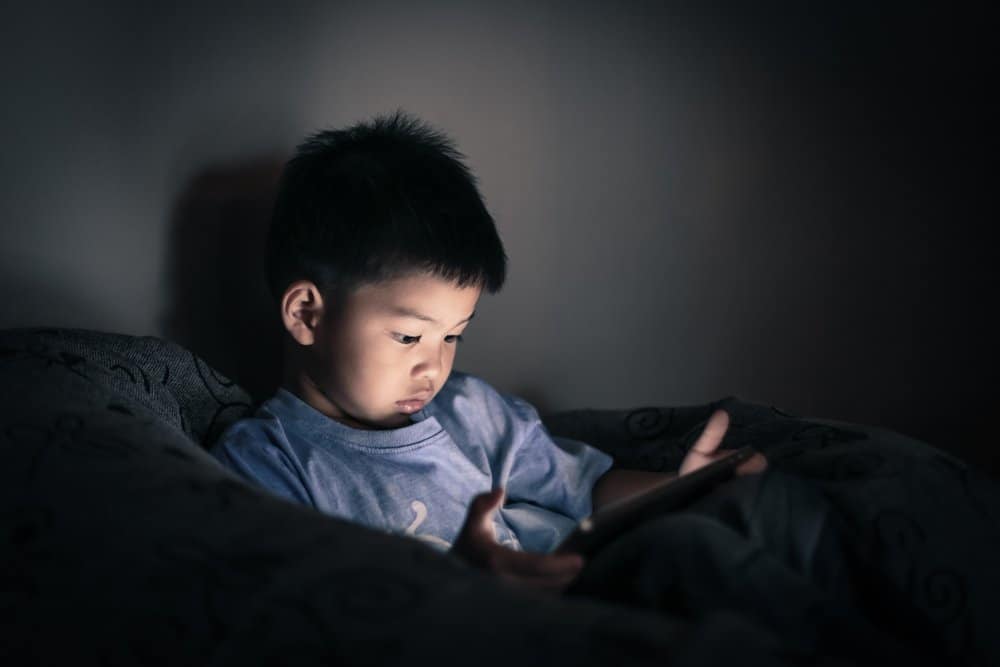Today’s world is inarguably a digital one, with technology largely shaping the ways that we think, work, learn and live. But in times where even adults find regulating their own screen time challenging, how do we make sure to structure and encourage healthy relationships between our children and digital media?
Controlling the level of their exposure to TVs, tablets and other devices is key. Research has shown that too much screen time can have detrimental effects on young children’s developing brains, with strong linkages to obesity, irregular sleep schedules and slower social development. A study conducted this year, for example, found that more screen time can lead to children making slower progress on key developmental benchmarks such as communication skills and problem solving. The American Academy of Pediatrics as well as the World Health Organization take a similar stance on the issue, recommending that children between the ages of 2 to 5 should have no more than one hour a day of high-quality and supervised screen time.
This means eliminating any kind of violent or aggressive programming that might skewer a child’s view of what is acceptable behaviour- even if it’s just playing in the background. It’s also worthwhile to be selective even within the realm of child-friendly programming. Opt for educational and interactive types of programs that encourage children to participate rather than just passively sit and watch. These can include art apps, digital books or shows and games that stimulate thinking and problem-solving. A good way to make sure that your child will be consuming the right type of content is to preview it yourself beforehand.
Creating firm rules about screen use for your entire family is also a good way to encourage boundary-setting as children get older. Designate which areas of the house screen time can be enjoyed in- the family room and not bedrooms, for example and what time of day your child is allowed to do so. This is also a great chance for you to change your own habits! Watching adults abiding by the limits of healthy media consumption is a great way for kids to learn by example.
And of course, making sure your little ones are getting plenty of non-screen time is essential in reminding them of the value of real-life interactions. Outdoor play with friends, walks in the park, and general unstructured playtime will ensure that your child has enough space to fully explore the world outside the glare of screens.
From communicating with each other to earning an education, managing our finances, shopping- there is no denying that the Internet, technology and digital devices are now at the core of how we conduct our day-to-day lives. And the next generation, as true digital natives, will need to learn how to successfully operate and thrive in this online world. But the first step towards that is establishing an appropriate and healthy relationship with digital devices- something that can begin in early childhood with the steps discussed above.
RARE Learning offers a pre-K program that prepares your child for academic success by offering personalized and one-on-one instruction to build curiosity and academic confidence. To learn more about our various offerings, please visit rarelearning.com







